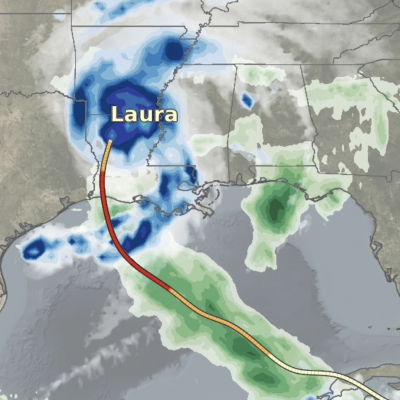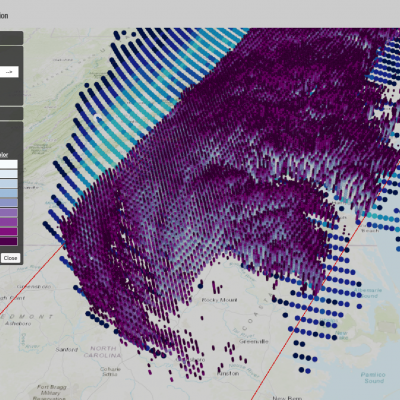Currently Not Receiving Data from the GPM Core Satellite
Effective about 11 UTC 19 August 2020, the GPM Mission Operations Center (MOC) stopped receiving data from the GPM Core Observatory satellite. The Flight Operations Team (FOT) is currently assessing the situation. They are working to determine what configuration needs to be accomplished to reestablish data from the satellite. This will likely take a while and there will be no GPM Core Observatory data products available until communications has been successfully reestablished and tested. The IMERG product will continue to be produced but no GMI data will be included in either the early or late





